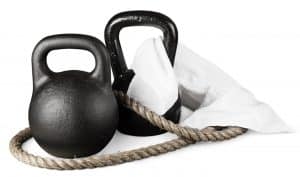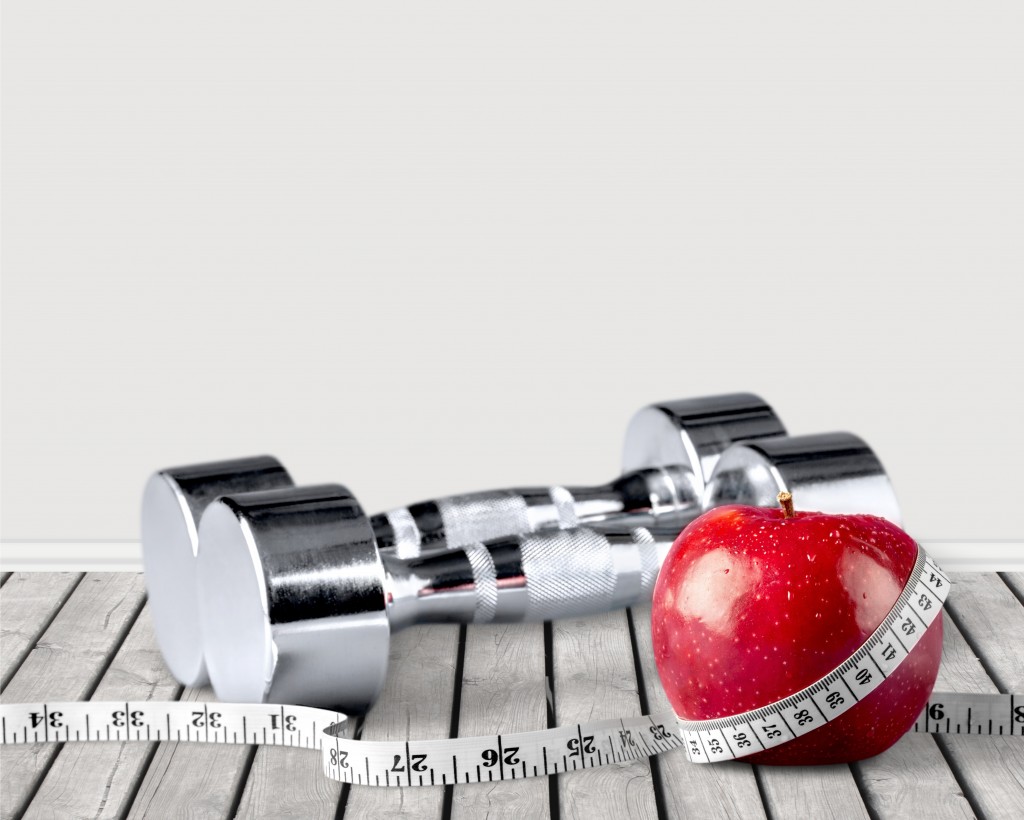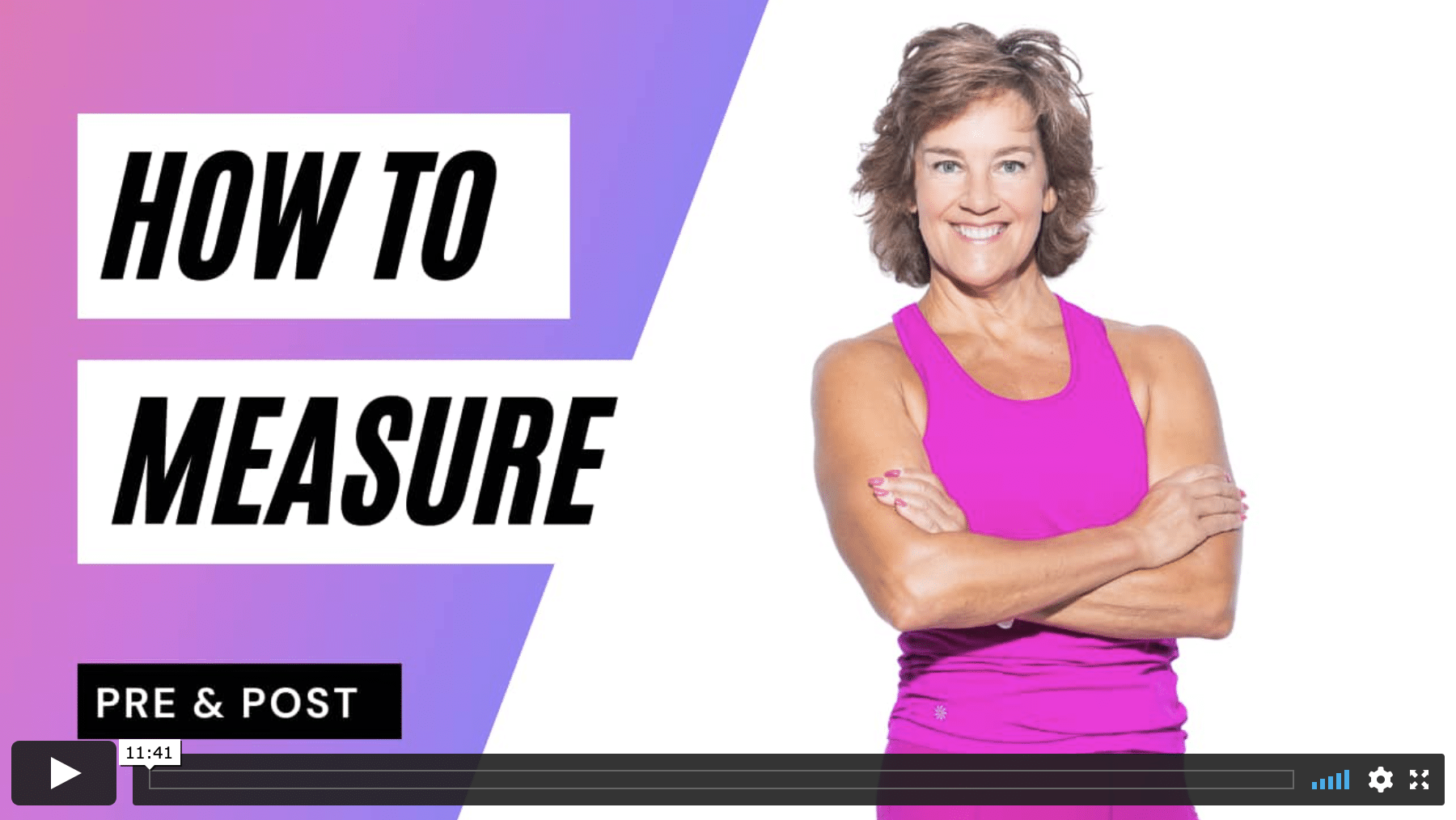The traditional components of fitness include cardiovascular fitness, strength, endurance, body composition, and flexibility. Since 1983 when I first began listening to lectures as a student in physiology and fitness, through the 15 years I taught those lectures in the department of Kinesiology at Iowa State University, that hasn’t changed.
What has changed is the way we approach the value of each of those in living life to the fullest and in attaining those goals. As we age, we will lose our muscle strength faster than our muscle endurance. More specifically we will lose our muscles. By default we’ll be fatter. One of the most retweeted, requoted, and promoted sentences from my book Navigating Fitness After 50: Your GPS for Choosing Programs and Professionals You Can Trust is:
Without resistance training you will be fatter, sicker, and more dependent as you age.
Here’s why. Much of this post is from my book You Still Got It, Girl! The After 50 Fitness Formula For Women. Here’s what you’ll find as benefits to not just lifting weights or body weight, but specifically lifting heavy weight.
- Lean muscle maintenance
- Fat gain prevention & Body composition improvement
- Less exercise time
- Functional Aging
- Bone density loss prevention
- Metabolism boost
- Belly fat loss
For our purposes, heavy weight is a weight you can lift 10 or fewer times. It may in fact, not always be appropriate for every joint or current condition. When progression, conditions, and joints allow it, it will help you reap the most rewards including these supported benefits.
Lean Muscle Maintenance
You reached your peak muscle mass at about age 25. Losses of lean muscle tissue begin near then and from the age of 30 and beyond you could potentially lose 8-10% of your total lean muscle mass every decade. Keeping your muscles is dependent on three things. Only two of them are within your control:
- Aging creates a natural decline of lean muscle
- A lack of the right kind of physical exercise balanced with the right rest and recovery
- Adequate calories and protein
Maintaining lean muscle is possible by including the right activity/rest ratio and supporting it with adequate calories and protein. Aerobic types of activity do stimulate muscle but can’t compensate for muscle losses or help to regain lost muscle like resistance training can. More specifically strength training maintains power that endurance activity can’t. Power to rise from a chair, to push off the floor with your foot and not shuffle, as well as to continue hitting a golf ball further down the fairway.
Fat Gain Prevention & Body Composition Improvement
If you weigh 145 pounds and over half of that weight is lean muscle mass, you have also bones and fat to make up the rest of the weight. If you lose lean muscle by aging not lifting weights, your bones don’t change in weight but your fat is then a higher percentage of your body composition. You might be the same weight and yet wonder why your clothes are not fitting well any more.
On the other hand, if you lift weights you can create lean muscle that actively burns energy better and reduces your size since muscle takes up less space than fat. No exercise more positively impacts your body fat than weight training.

Return On Investment (ROI) of Time
If you have limited time to exercise, the most ROI on your investment of time and energy is from the heaviest weight you can tolerate. If you can use your body weight to perform an exercise more than 10 times however you’re not loading those bones and muscles enough to create positive change. Once you’ve built up beyond the point where you can do 15 repetitions of any exercise with your body weight – though it might help you tone or define – it will not contribute as much to your long-term lean slim self.
Functional & Independent Aging
The ability to rise from a chair and optimal metabolism change come from lifting 70-80% of your one repetition maximum. That’s lifting 10 -12 repetitions before the weight gets too heavy to do well. You may have loftier goals than that right now. You may take for granted the fact you can rise easily now.
Your knees and hips or ankles are still aging. In spite of the spry way you feel now, they aren’t getting more resilient. Eventually, without preparing with strength and power in those muscles, even if you’re doing triathlons, hiking mountains, or salsa dancing now, those muscles will lose power without resistance training.
Bone Density Improvements
The 10-12 repetition range to fatigue has consistently shown in studies to have the most positive effect on BMD. Another protocol with a slightly lighter weight (one that you could lift up to 15 times) adding a power component (lift quickly on a one count and lower on a 3-4 count) has proven to be slightly more effective than heavy and traditionally slow, controlled lifting. That is, as long as you’re still able to lift in that lower range of 10-15. (For safety always establish slow controlled strength before you add a speed component).
Metabolism Boost
Heavy weight training results in a much higher post-exercise metabolism boost than lifting light weights. In fact, your metabolism can be anywhere from 15% to 75% higher hours after exercise compared to using lite weights. This means that at your sedentary desk job after your morning weight training session you are burning much more energy than had you not exercised. Or if lunch is power lifting you don’t suffer from the low afternoon activity level that occurs in older adults compared to younger adults.

Belly Fat Loss
Post-menopausal women who gained lean muscle following resistance training lost belly fat. I could put my keyboard down and rest here, perhaps. This is an emotional trigger for many women over 50. Weight training is a big part of the solution. If there is one single area most frustrating, emotional, and common among women post-menopause, this is it. It matters not how overall big-boned, thin-framed, or athletic you are all aging women tend to add a little more weight in the mid-section.
Heavy weight training, as compared to diet modifications or aerobic exercise alone, allows the most rapid changes in appearance and proportions. You can do aerobic exercise and have the same shape, or you can strength train and entirely change your proportions. Even this little statement may have holes in it as recent research shows too much aerobic exercise can make you fatter.
If you make one decision about your health this week let it be to commit to your strength training. It has the ability to most powerfully positively change your muscle strength, muscle endurance, and body composition. Changing those pieces, you will be more motivated to increase your cardiovascular training’s effectiveness and your overall daily activity.
Note: the original blog has been modified with links to references inserted into the text.
Now you, are you lifting weights? Are you lifting heavy? What are your questions about how to lift? I love to hear from you!








Thanks for this great article. I am 58 and have been exercising 6 times a week for 4-5 years. I lift twice a week. I am not sure if I am lifting heavy enough. I can do 15-20 reps my first two sets of just about everything, but only 8-12 reps on the third set. Should I lift heavier so that the fewer reps happen on the first set? Thanks for your help’
Please forgive me if I missed this part of the article. How many times per week for strength training for women in early 50’s?
So is there a program that I could do at home? I have exercised 5 days a week forever and I am now 58. My middle has gotten thicker and I have been frustrated. I’d love advice on what weight bearing exercises to do.
Great article! How can I get started on a weight lifting routine? I only have access to free weights up to 10 lbs. I’m a healthy 54 year old female weighing 135 lbs. Thanks!
Just started lifting. Bought a 20 pound padded bar. Love it. But my I have back pain I started doing 21 ina chair. It does hurt and I can do 2 sets sitting. Do you have any suggestions for lifting with a bad back. I am 58.
Loading on the shoulders if you have back pain is not ideal. You’re putting more compression on your spine. You might try holding the bar down low (behind your back) or in the right hand or the left at your side. With 20 pounds that’s doable and less stress on the lower back than weight coming from above.
You might also try focusing on core work and mobility for a few weeks before adding the weight or the major muscle group exercises. You want to begin weight training with an already pain-free, full range of motion body.
Hi Deb, If you’re looking for a resistance training program to use with cardio programming, you’ll love either of these-
You Still Got It, Girl videos and I would suggest visiting Flipping50Tv.com because you have a great question – and you can get my free Muscles in Minutes guide to help you identify the exercises, and weekly sample plans that will help you use the time your spending to get optimal results! Thanks for your comments!
Hi Deb, Start with a good understanding of what to do. I have a free guide you can get for just entering a question (this one is great!) at flipping50tv.com that will help.
Hi Teresa,
Your optimal frequency is unique to your time, goals, and how you’re lifting. The general rule is twice a week you need to stimulate the major muscle groups and allowing 48 hours minimum, or 72 hours between weight training sessions. You get 75-80% of your results from twice a week and adding a third session a week isn’t always better. For some women they aren’t recovered enough to work hard enough to get results during their session when they lift three times a week.
That said, decide your priorities (is it weight loss or fat loss, bone density, or performance/balance?) and rank them in order of importance. Then be realistic with your time commitment. Will you be most likely to do it twice a week as opposed to three times a week? Or maybe you find you’re a creature of habit and do best with frequency, you can plan those days so they are different and include heavier lifting on Monday and Wednesday, plus more functional balance work on Wednesday – which doesn’t require so much recovery time. Helpful?
Maggie, I could kiss you for asking! This is a great question. This is one of the biggest mistakes people make with exercise. We “save” it for later. We begin thinking that the weight doesn’t feel that heavy but pre-meditating by the third set I’ll be tired.
You’re exactly right in your question: start with the goal of fatiguing at your ideal range with EVERY set. That might mean that you end up having to reduce the weight in latter sets to maintain good form. But it will still help you reach the goal of fatigue in that session that gives the muscles (and bones) enough stimulus to change.
Thanks so much for asking this!